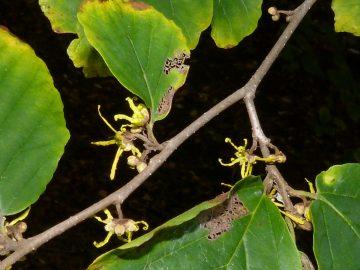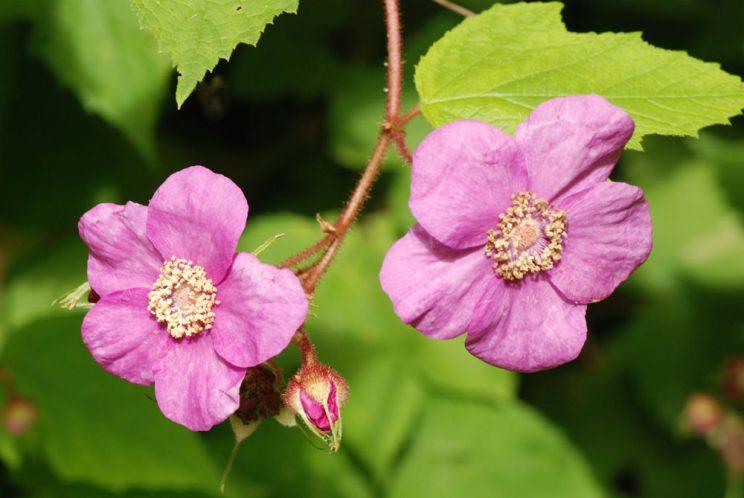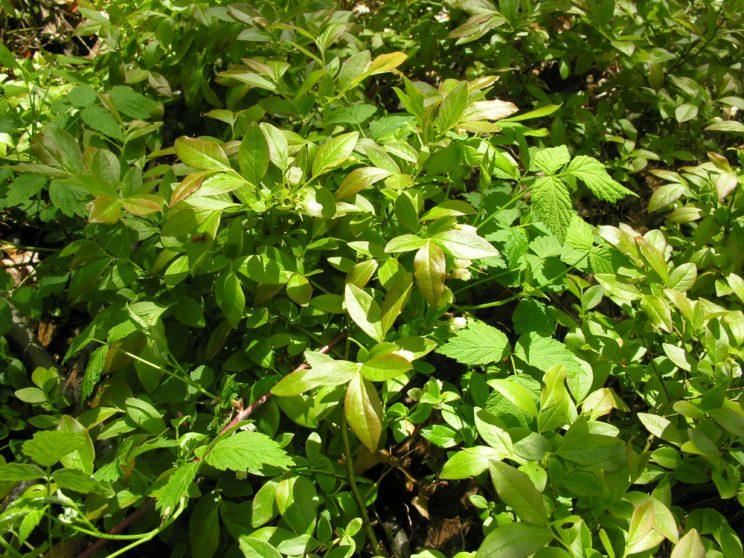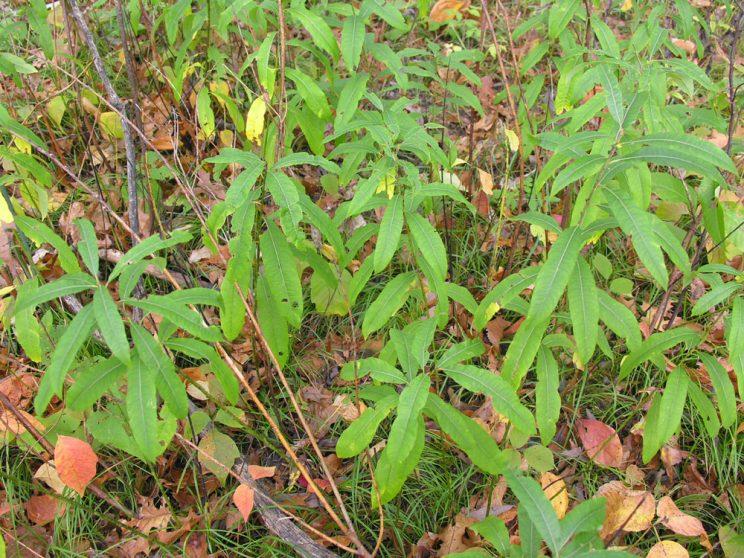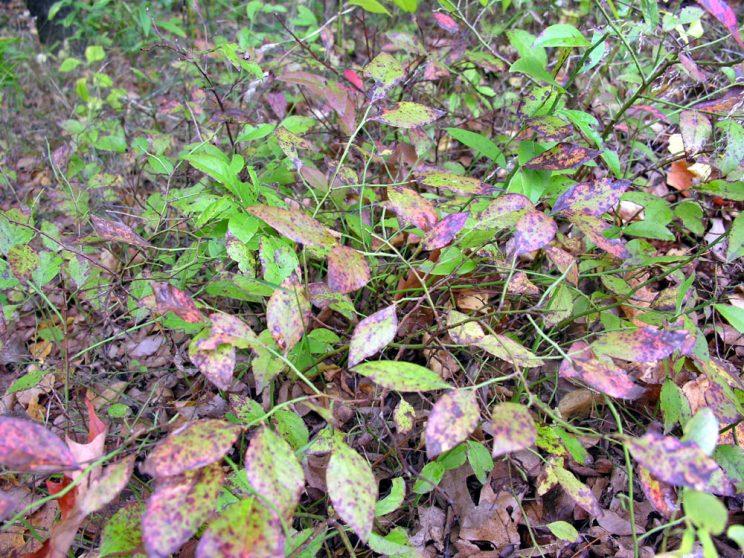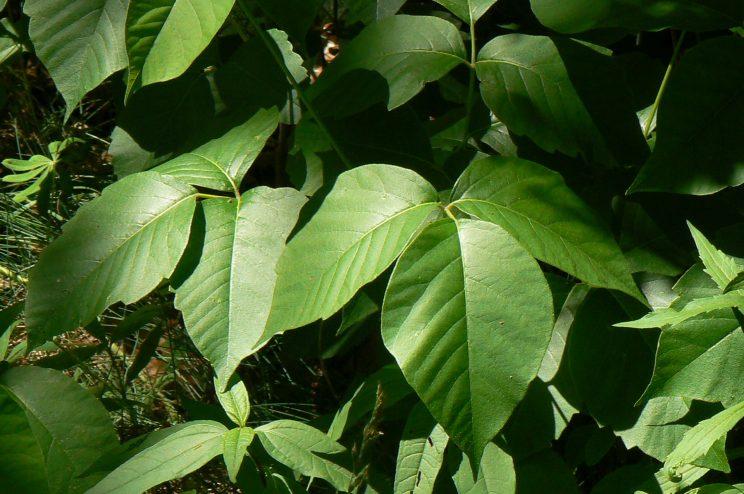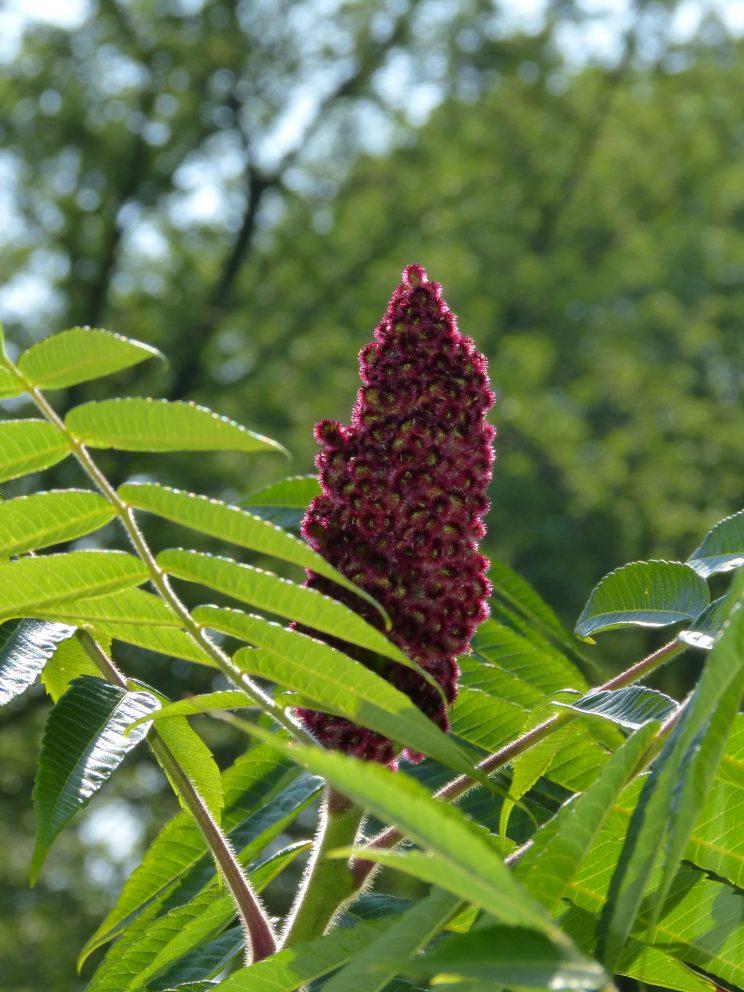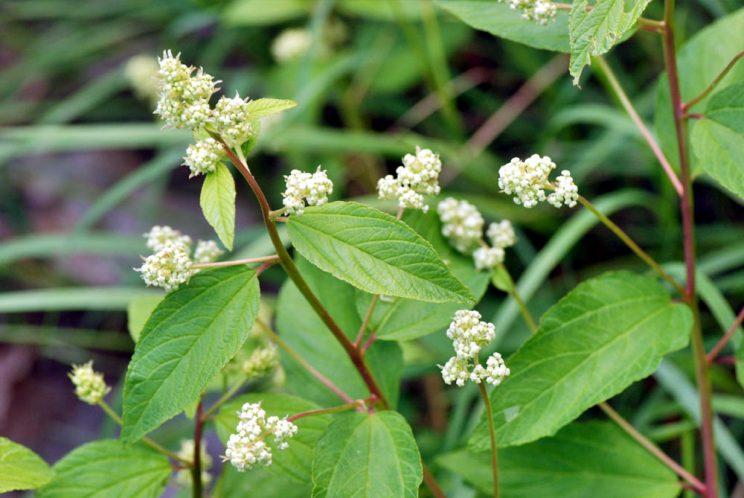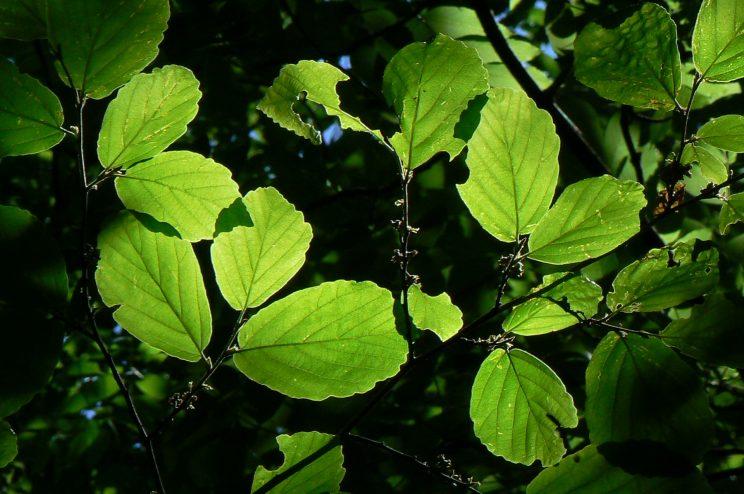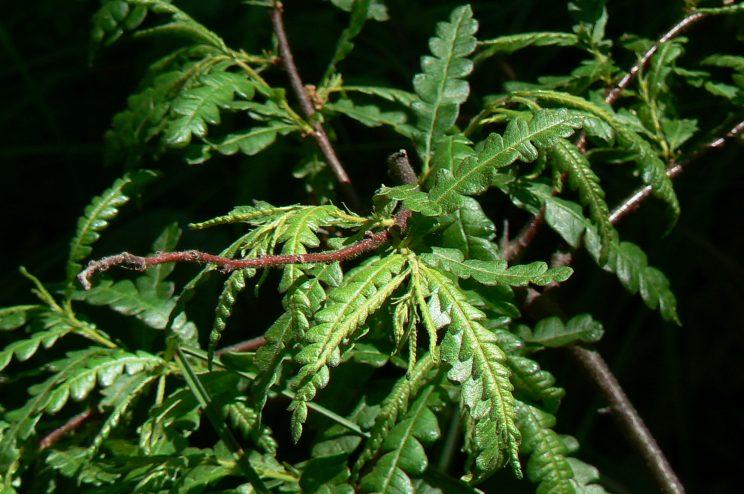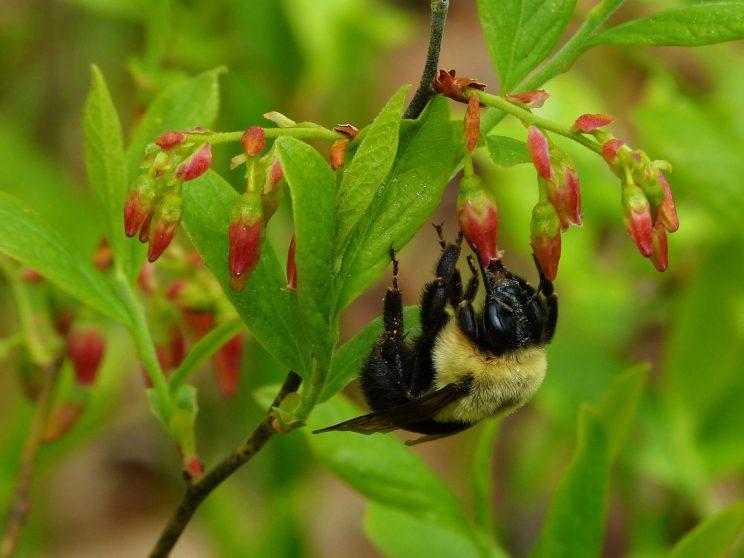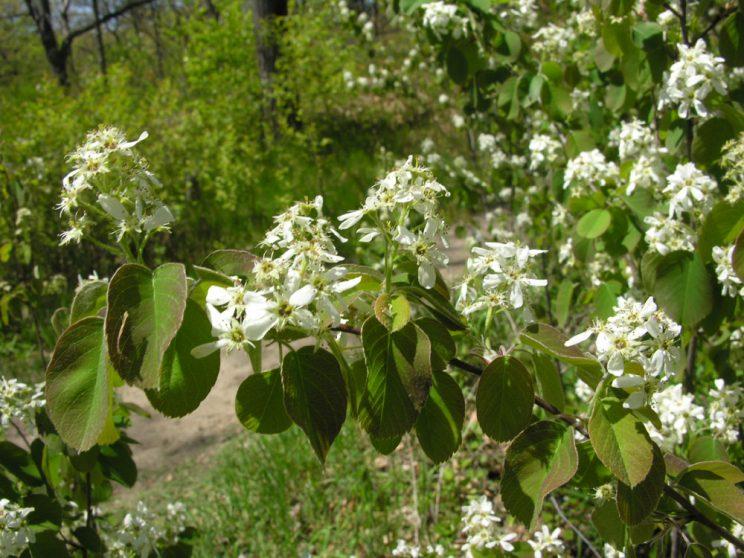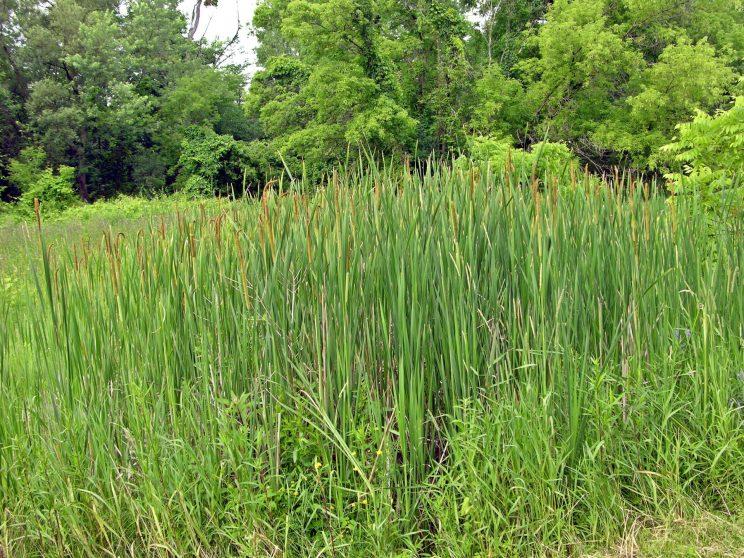by High Park Nature
Shrubs and vines form part of a well diversified vegetation structure, creating an important mid-level layer between wildflowers and trees. They provide habitat for wildlife, offering nectar to pollinators in spring and summer and berries to birds in the fall.
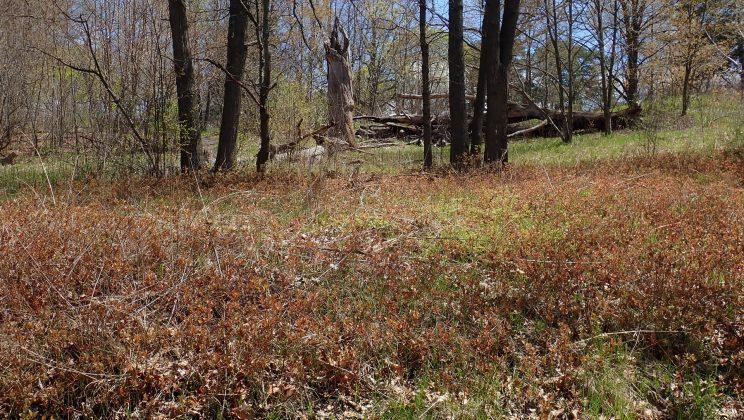
Upland Willow (Salix humilis)
Contributed by Kami Valkova, High Park Nature Centre
One of our favourite signs of spring is the emergence of upland willow catkins (the flowering part of the plant). Upland willow (also known as prairie willow) is so named because it grows in dry upland regions. It is the only species of "pussy willow" that grows in dry areas; most willows prefer to reside near water.
As its flowers develop, upland willow will protect its catkins with a soft and silvery covering. Later in the season, once the leaves have grown, caterpillars of various moths and butterflies (such as the Mourning Cloak) will feed on the foliage. The leaves are long and narrow, typical of all willow species, but distinct in that they have a velvety underside.
- Source: The Biology of Pussy Willows: The Biology of Pussy Willows
- See also: Prairie Willow, Minesota Wildflowers
Witch-hazel
Contributed by Jon Hayes, High Park Nature Centre
There is only one tree or shrub native to Canada that blooms in the autumn - and it grows wild here in High Park: Witch-hazel (Hamamelis virginiana)! Witch-hazel’s yellow, spiderish flowers bloom in September - October and can perfume the trails with a gentle floral fragrance.
But, how do the Witch-hazel flowers get pollinated in the cold October weather when bees and most other pollinators have stopped flying? It would appear that late fall moths such as sallow and owlet moths vibrate their wings to create the necessary warmth for their bodies to fly in order to visit the Witch-hazel flowers for a nectar feast. Their furry-scaled bodies help move the pollen and ensure that the flowers are fertilized. Once a Witch-hazel flower is pollinated it won’t ripen until next autumn.
The name Witch-hazel implies magical powers which is likely due to their use as dowsing rods for finding underground water or minerals. It really is the perfect Halloween tree.


